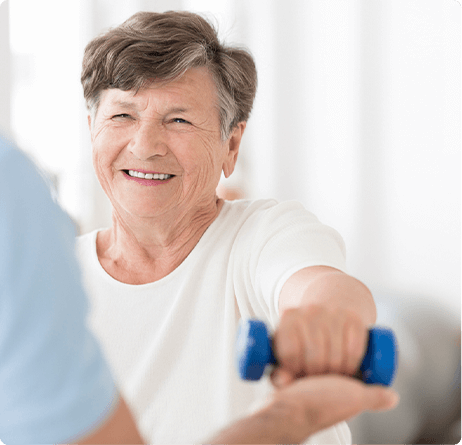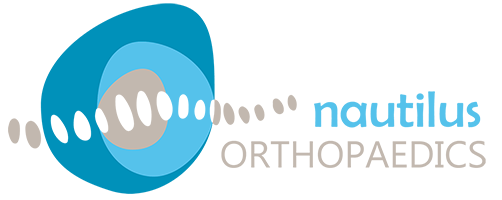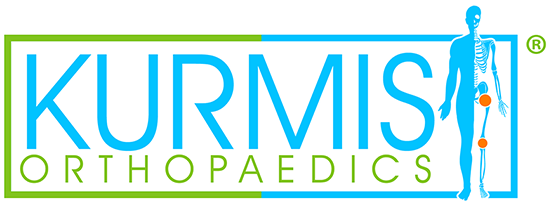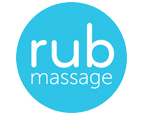What is Bipolar Affective Disorder?
Bipolar Affective Disorder (BPAD) is a medical diagnosis characterized by wide mood alterations, with periods of both depression and mania that can last several weeks or even months at a time. A person experiencing depression or mania may have intense mood swings and changes in thinking and behaviour.
By definition, Bipolar means sharing two poles (high and low) and Affective Disorder means a disorder having to do with mood i.e. the way you think and feel. In most cases, the high pole is experienced as mania and the low pole experienced as depression.
‘Switching’ from depressive and manic periods can be unpredictable and occur in a short time frame.
How can exercise help BPAD?
It’s no secret that after exercise most people will report feeling a type of ‘buzz,’ a rush of energy, focus and even relaxation at the same time. This feeling is attributed to increased endorphins circulating through the body – our natural “feel-good chemical.”
These improvements in physical and mental state can hugely influence a person’s day i.e. reducing feelings of sadness and depression and possibly replacing those with feelings of happiness and improved energy levels.
With exercise comes a myriad of physical benefits as well as psychological. The physical benefits of exercise can be crucial to BPAD patients, as a 2016 systematic review stated that if you have BPAD you may have a higher risk of health conditions such as:
- Obesity
- Stroke
- Heart disease
- Type 2 Diabetes
Furthermore, mental health medications such as antidepressants, antipsychotics and mood stabilizers are associated with weight gain and therefore associated with an elevated risk of cardiovascular disease mortality.

So what type of exercise is best and how much is necessary?
Any exercise is better than no exercise, and more exercise is better than some exercise. The absolute best thing someone could do today to positively affect their mental and physical health is to aim to complete some form of exercise. Whether that be a walk around the block, taking the office stairs instead of the elevator or even a few sit-to-stands from the desk chair, the most important thing is that something gets done.
The best type of exercise is the one that you will keep doing, the one that you enjoy and the one that you feel benefit from. Standardized exercise guidelines for the general population can be applied to BPAD, which are: some type of physical activity on most (preferably all days of the week), accumulate 150-300 minutes of moderate physical activity or 75-150 minutes of vigorous intensity per week.
How to get started:
- Start slow and build up
- Set realistic, short-term goals – no matter how small they may seem. Baby steps!
- Try to get a friend or family member to come along with you – exercise is going to be great for them too, so why not have a partner to take on the journey?
References:
For more information or to book an appointment, please call The Physio Clinic on 8342 1233.
Written by Peter Kollis | Exercise Physiologist at Prospect























